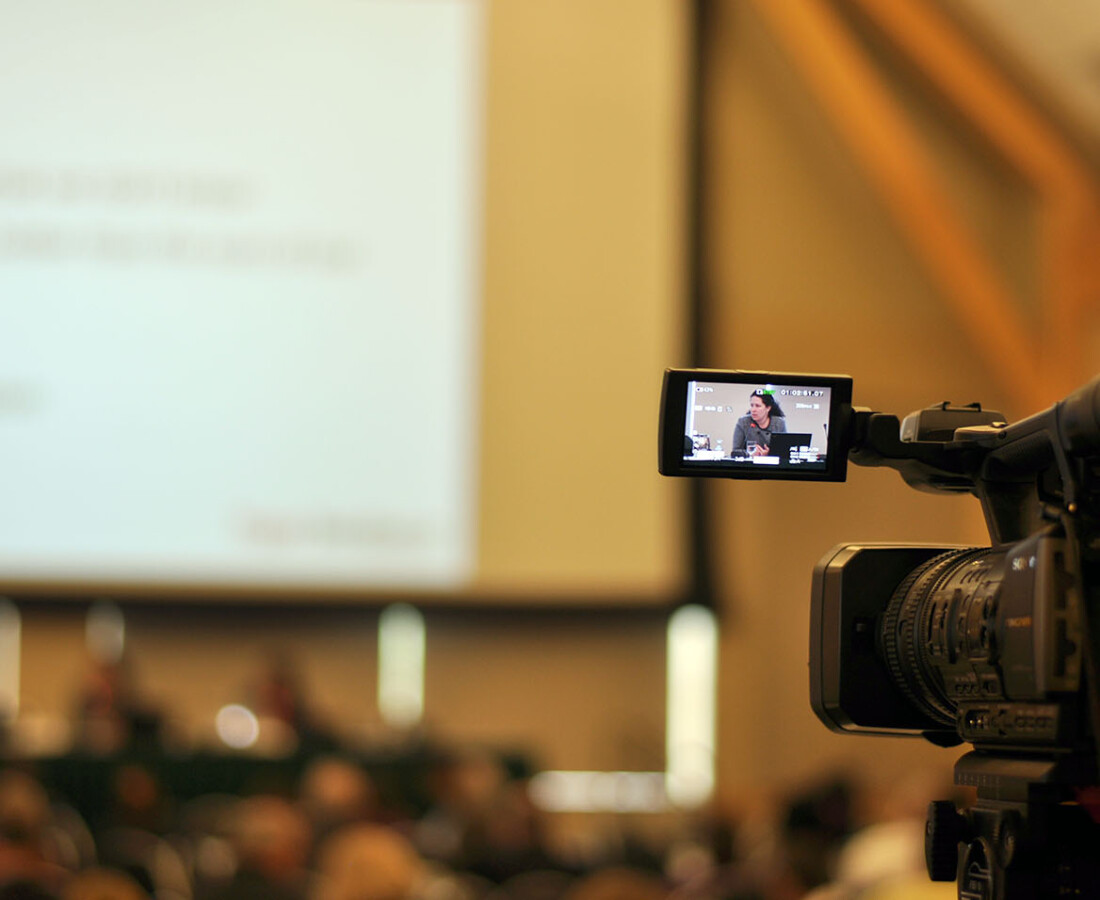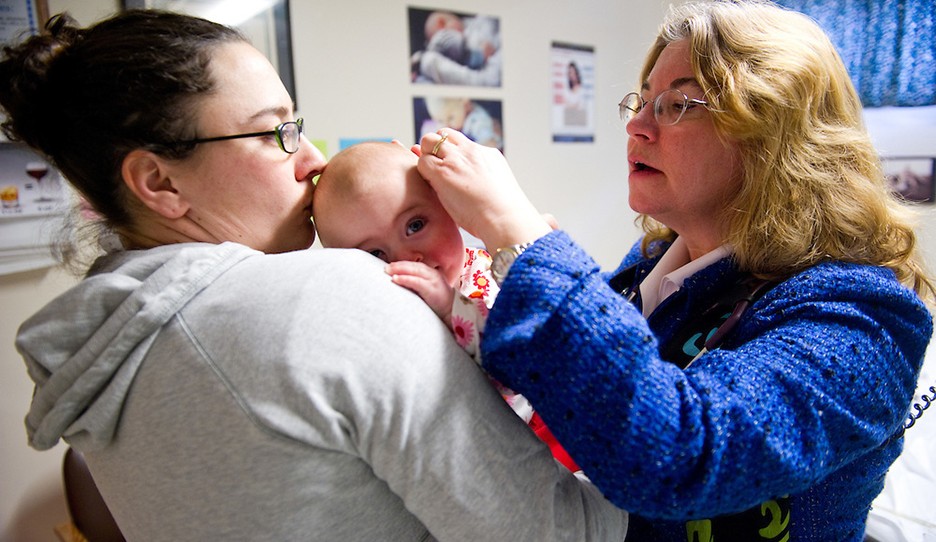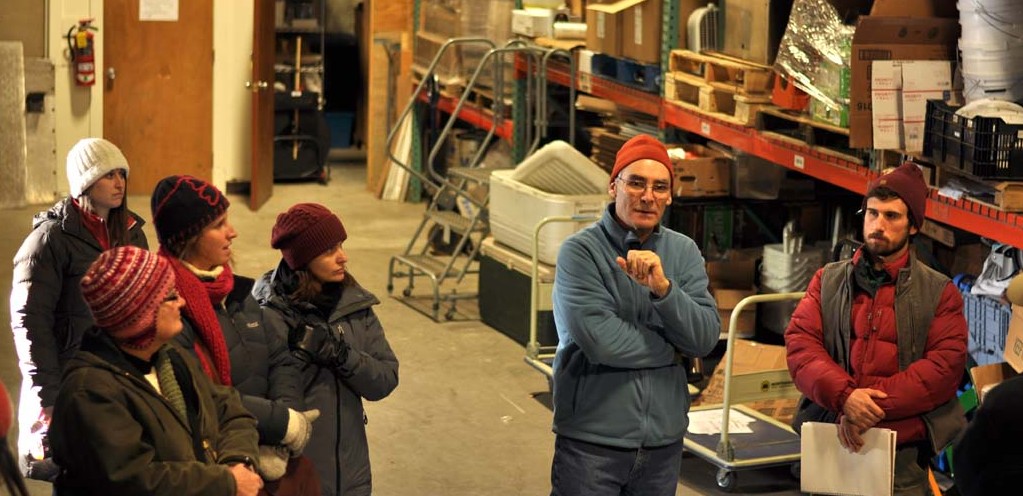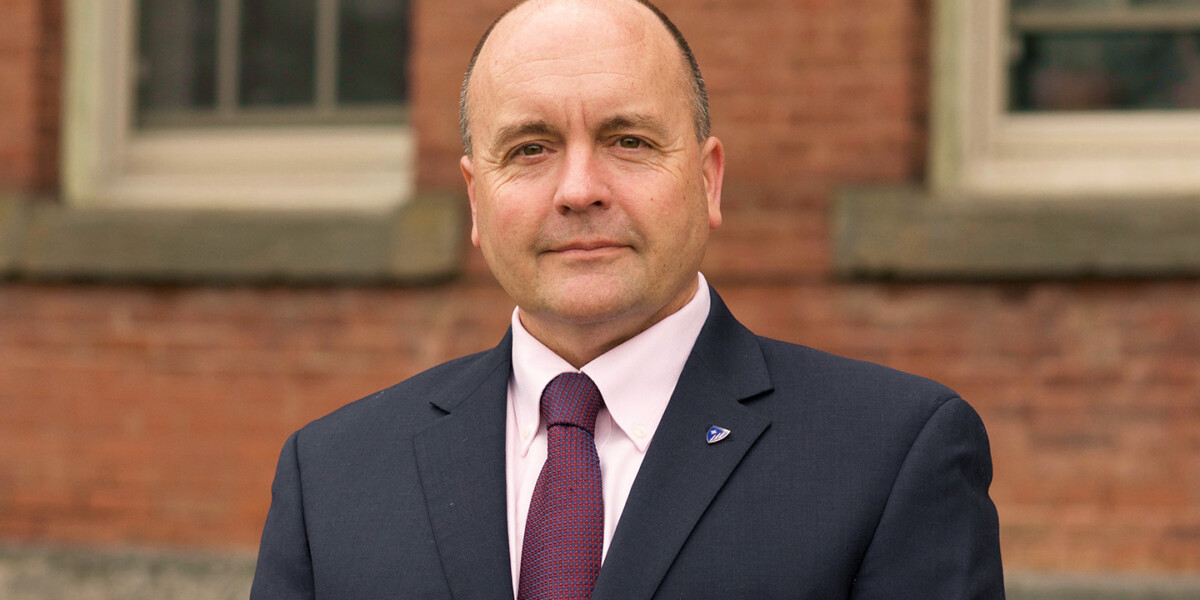Dr. Gary Margolis is the founder and CEO of Social Sentinel, Inc., a service that provides universities and colleges insights into safety and security concerns being shared publicly on social media. His professional career spans over 20 years in public safety and more than a decade in higher education serving as chief of police at the University of Vermont.
Margolis, a consultant with expertise in crisis response and communications, security technology application, emergency response and recovery planning, and preventing sexual and gender violence, will speak at the 2017 Legal Issues in Higher Education Conference at UVM this fall.
We talked to him about the role social media plays in campus safety.
Before the Virginia Tech shooting in 2007, what was the standard technology in play for campus security?
The biggest shift in campus safety and security came in the years after the 1986 murder of Jeanne Clery at Lehigh University. In the decade following, blue light phones and security cameras became the go-to strategy. The focus was on protecting students, faculty, staff and visitors as they traversed the campus (and in spite of no data showing that these external spaces were dangerous).
Then, in the late nineties and early 2000s, we saw the proliferation of access control technology change the way we entered a building or room from a metal key to a card swipe, key pad or biometric reader. We now had better control over secure (and safe) related access into the buildings.
What this last decade has given us is social media, arguably the most spoken “language” on college campuses today. The social conversations happening in the classroom, at parties, events, and campus gatherings are amplified a million-fold through social media. When something concerning happens on campus, the administration is instantly behind the information curve as pictures, videos and tweets go viral. When someone shares information that telegraphs harm, and the institution didn’t see it, we ask the question, “Why not?” Universities and colleges must pay attention to the digital conversation for safety and security needs.
How have campus safety protocols changed and also stayed the same over the past 20 years?
When I was chief of police at UVM, social media had not fully arrived on the scene. Conversations were happening in person more so than in the digital world. We worked diligently to have a proactive presence in the residence halls and classroom buildings, and to be part of non-enforcement interactions. We understood that having these kinds of one-on-one relationships with students, faculty and staff served the safety and security conversation best, and fostered the safe learning environment we all desired.
Today, colleges and universities recognize the important role that social media plays in campus safety and security. All the important conversations are now happening digitally; easier to share, easier to be heard. More now than ever, universities and colleges understand the need to pay attention to social media for safety and security purposes but many don’t know how. Manually doing so through their communications and PR teams isn’t efficient, and may actually create more liability.
How does Social Sentinel work?
Social Sentinel scans public social media posts for language that may indicate harm, and when the service identifies a concerning post it alerts the institution. While typical terms might be “kill,” or “bomb,” there are hundreds of thousands of phrases, emoticons and word combinations that can also trigger an alert. The technology we’re using is constantly evolving, for instance to recognize images (e.g., a photo of a gun), and to understand the audio on a video clip. Furthermore, the service can detect trending safety issues that may not yet rise to the level of a direct threat but which may capture the buzz around a particular safety concern (e.g., weather concerns or swelling crowd issues).
How do you balance safety with the rights and expectations of social media users?
We respect the right to privacy, and we’re not an investigation or a surveillance tool. We don’t follow users, and our service is not designed (e.g., cannot be used) for any purpose other than identifying safety and security related information. We only scan publicly available social media. We respect and share the values of the social media companies in their desire to respect the rights of their users.




